
10 Effective Ways to Lower GH in Your Koi Pond Like a Pro
Introduction
Koi pond enthusiasts around the world find GH levels a crucial aspect of their fish’s health. High GH levels may lead to distinct problems in fish health, making it hard for them to survive. Therefore, understanding and regulating the GH levels is essential for maintaining a healthy and stable koi pond.
What Is GH?
GH (general hardness) is a measurement of the water’s mineral content. It assesses the number of divalent metal ions such as calcium and magnesium in the water. These minerals are essential for koi growth and health but can be harmful in excess. GH levels affect koi pond health, and therefore koi keepers should learn how to regulate it.
Why Regulate GH?
Regulating GH is essential as high GH levels can cause several health problems in koi. Some of the health concerns associated with high GH includes: reduced oxygen transfer, leading to suffocation or stress; damage to biological functions and tissues; accumulation of excess minerals in tissues and organs and upset equilibrium, leading to fatal diseases.
10 Effective Ways to Lower GH in Your Koi Pond
1. Use RO Water
Reverse Osmosis (RO) water is an inexpensive way of reducing GH levels. RO water filtration systems work by removing mineral particles and impurities in the water. This type of water is soft and has minimal mineral, giving pond owners complete control over GH levels.
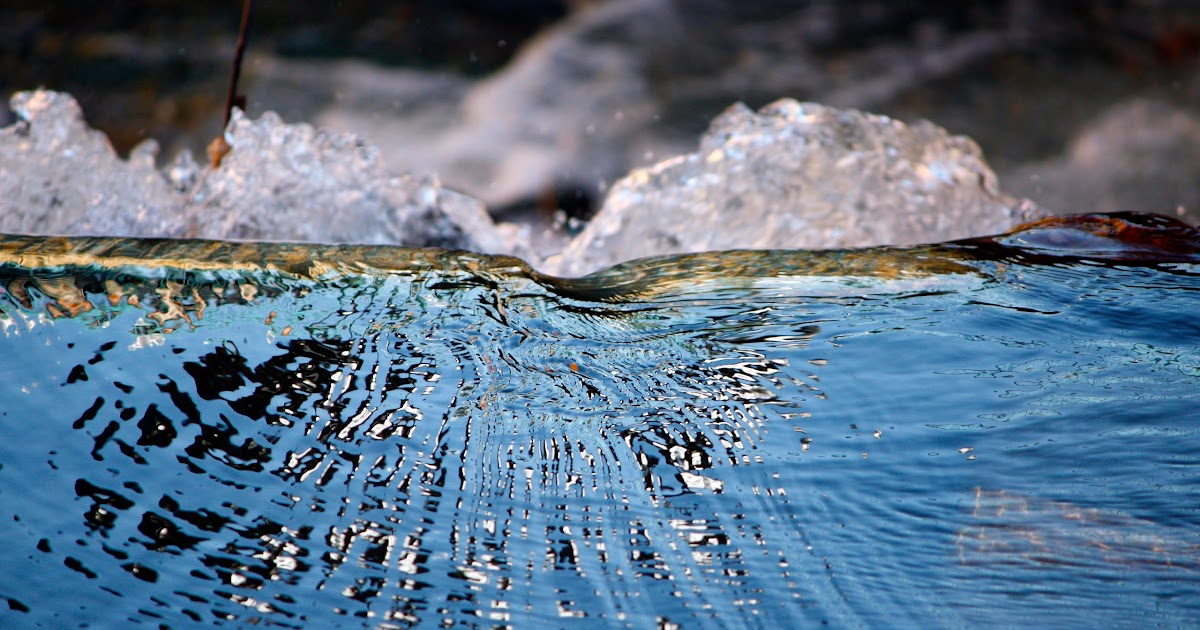
2. Use Peat Moss
Peat Moss is an inexpensive and natural method of lowering GH. Adding Peat Moss to the filter can introduce tannins to the pond, which not only improves water color but has water-softening properties, making it an excellent solution for hard water.
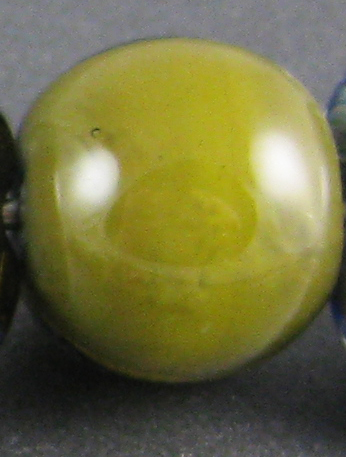
3. Use Hydrochloric acid (HCL)
Hydrochloric Acid (HCL) is a dangerous acid and should never be used undiluted. It can reduce GH levels by adding it to water, but it must be done in small amounts with caution. Wear necessary safety gear while adding Hydrochloric Acid to pond water.

4. Water Replacement
Partial water changing can assist in GH reduction. The easiest way to do this is by draining approximately 50 percent of the pond’s water and refilling it with soft water (GH level- 0-2). With time, regular water changes can solve the GH level problem.

5. Neutralize the Water pH
Koi ponds having a pH above 7.0, make the GH levels more robust to change. Neutralizing the water pH by adding baking soda or other pH adjusting acids can somewhat regulate GH levels by reducing the minerals’ solubility.
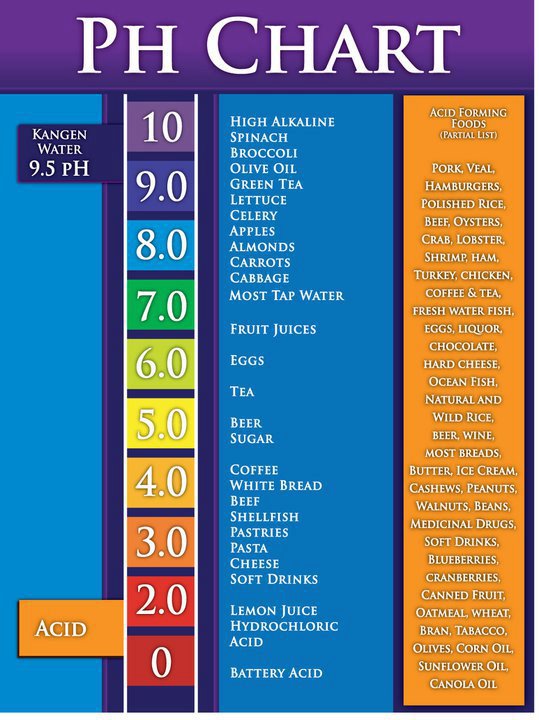
6. Use Calcium Bentonite Clay
Calcium Bentonite Clay has excellent absorbing properties, removing toxic minerals from water. The clay absorbs GH minerals, making water soft. Clay balls can be added to pond filter boxes to regulate GH levels or make a mud pack for the entire pond.

7. Install Water Purifiers
Water purifiers are efficient solutions that minimize water mineral content, reducing GH levels. There are several types of water purifiers with different functions. Pond owners can choose from a variety of water purifiers, such as UV filters, ozone machines, sediment filters, and ion exchangers, depending on their needs and budget.
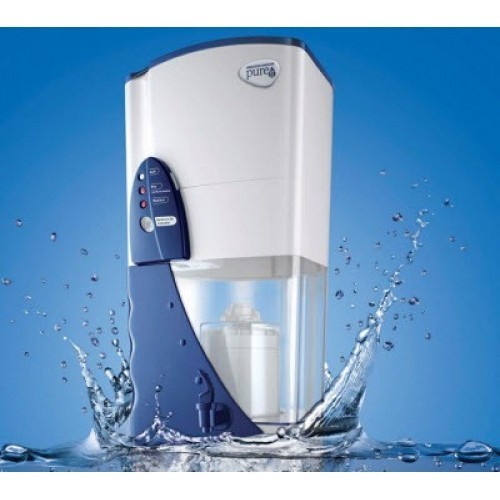
8. Filter Modifications
Filter modifications are an effective way of controlling GH levels. Addition or upgrading the biological filter media, adding an extra biological filter box, or converting to a different filter-type can significantly reduce GH levels.
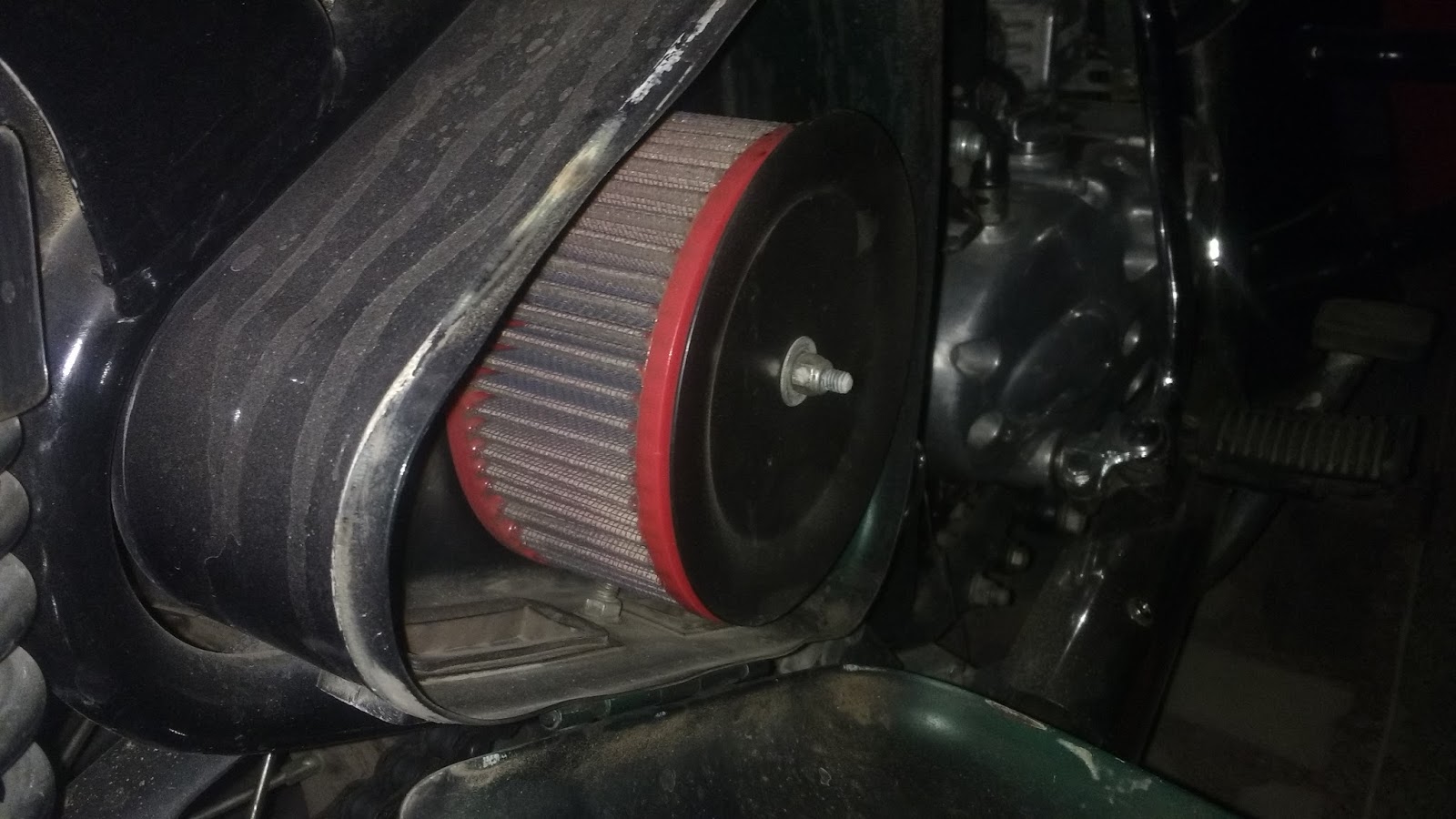
9. Fish Selection and Feeding
Some fish have a higher aspect for mineral accumulation, leading to more GH content. Koi fish are relatively adaptable and can withstand several GH values. Controlling the number of fishes can help reduce their waste production and, in turn, minimize GH accumulation. Moreover, feeding them with quality food and not overfeeding can significantly reduce GH levels.
10. Keep a Record of GH Levels
Koi pond enthusiasts should regularly check their pond’s GH levels and maintain records for future reference. These records can assist in early detection and correction of GH level problems. Keeping a GH kit, pond owners can easily maintain and regulate water hardness.
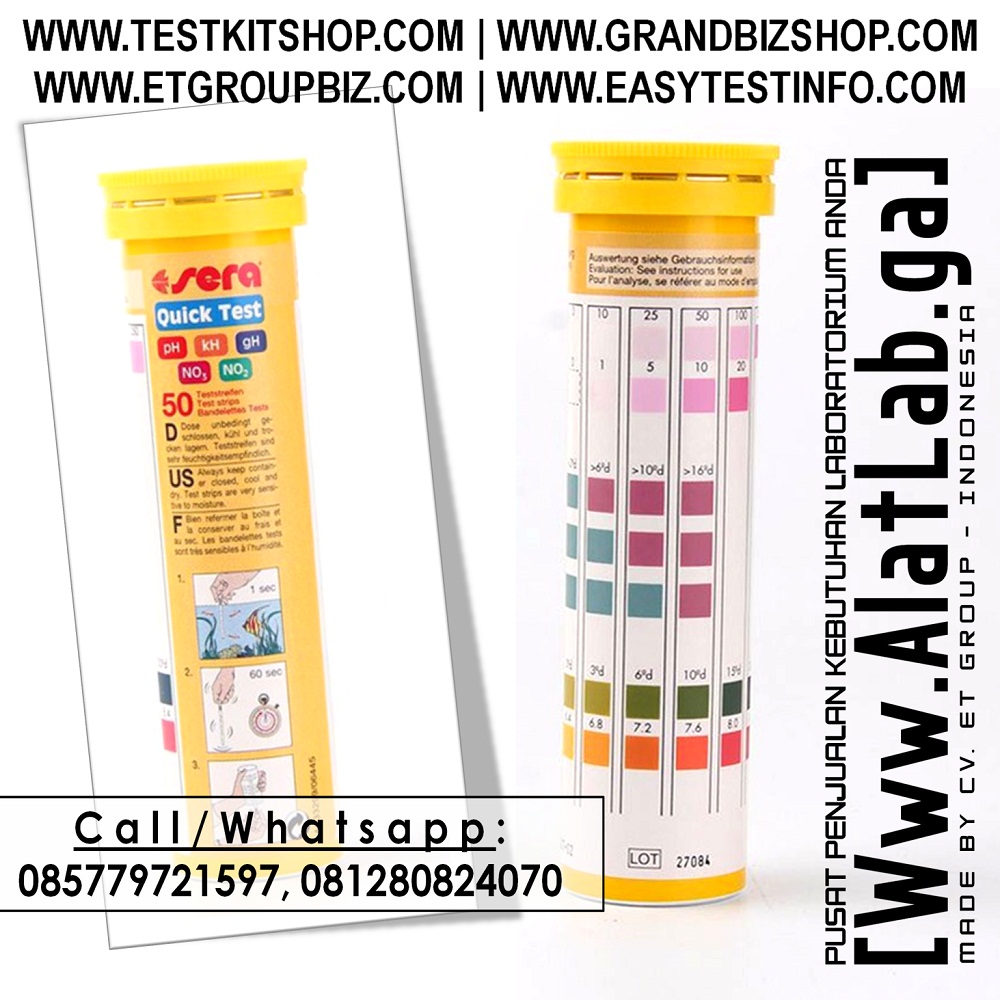
Conclusion
Regulating GH levels in koi ponds is crucial for fish health. High GH levels can lead to several health concerns affecting koi’s well-being, leading to death. To address this problem, pond owners can apply several GH lowering techniques depending on their preference and budget. It is crucial to maintain GH records and constantly regulate GH levels to achieve a healthy and stable koi pond.